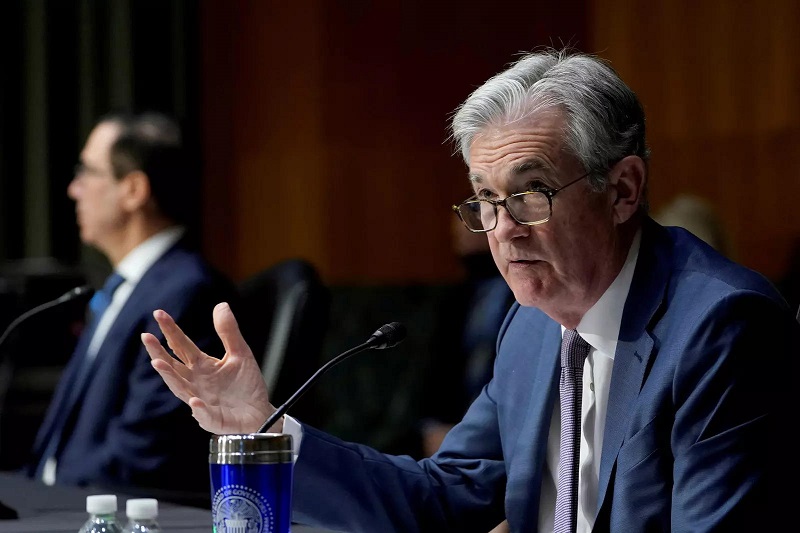How long will FED tighten monetary policy?
As we get closer to the next FOMC meeting on Wednesday, the markets obsession is with the starting point. When will the Fed start to taper its bond purchases and then, when that’s done, when will it start to hike rates? However, the endpoints are of far more significance.

The Fed now has an average inflation target which implies that it will allow inflation to overshoot the 2% target for some time and by some margin before tightening policy.
In judging dollar financing in coming year, investors, corporates and individuals all have to consider when rates will start to rise. But of more importance, the level to which policy rates, and hence cash rates, will rise when the Fed is done with the upcoming tightening cycle. For here, there are risks that the market is underplaying the extent to which rates may rise. If we look at the eurodollar futures strip as a guide to these expectations, we see that the current strip plots cash rates rising to around 2.3% over the next decade. Of course, the futures strip will generally price rates steadily moving higher over time when we’re just ahead of a tightening cycle. There’s no allowance made for how the cycle might peak a lot earlier and rates start to fall again well before 2031. In 10-years’ time, cash rates are a lot lower than the strip suggests but, even if that is the case, we feel that rates will have risen far higher than the strip suggests in the intervening period.
Mr. Steve Barrow, Head of Standard Bank G10 Strategy said that there would be a number of reasons for this view.
The first reason is that the market seems cautious about the extent of future Fed tightening compared to what we have seen before. For instance, if we assume that the Fed’s rates hike cycle starts in around 18 months (Q1/Q2 2023) and, if we look at the eurodollar futures strip 18 months before the first Fed hike in December 2015, we see that the strip implied rates rising to around 4.3% over the subsequent decade, or 200-bps above the current strip. Now, admittedly, the Fed has lowered its estimate of the neutral Fed funds rate since then to 2.5% from just below 4% back in the summer of 2014. This could help account for the fact that the strip does not currently push eurodollar rates above the neutral rate over the coming decade.
But is this likely? The Fed now has an average inflation target which implies that it will allow inflation to overshoot the 2% target for some time and by some margin before tightening policy. The key issue is whether allowing more inflation than in the past will mean that the Fed will have to work even harder when tightening takes place. It seems to stand to reason that it will. If inflation is hovering around 4%, say, for a year, or two, it would seem that policy needs to work harder to get inflation down than if inflation were averaging 3%, or lower.
Another point is that the Fed’s policy now is to wait for inflation to appear rather than seek to head inflation off before it rises too far, as was the policy in the past. This too suggests more Fed tightening than before because the rise in actual inflation could start to embed itself in inflation expectations, making it far tougher for the Fed to reduce inflation again.
In fact, the potential for higher inflation now, compared to 2015 for instance, seems far greater. This is because the world is dealing with a supply shock (Covid-19) that lifts inflation, as opposed to the global financial crisis (and the euro zone debt crisis) which were demand shocks that reduced inflation. “We can’t say for sure that Fed tightening will have to go beyond the 2.5% neutral rate in the upcoming cycle. But what we do think is that the money markets are excessively biased towards a fairly dovish interpretation of what the Fed will have to do in coming years. If this proves correct, borrowers of dollars could face a shock at some point in the future if it becomes clear that the tightening implied by the market is woefully short of the amount the Fed is likely to deliver. We don’t think that we are at that point yet but sometime in the next 3-6 months it might be worth locking in longer-term dollar borrowing costs”, Mr. Steve Barrow said.










